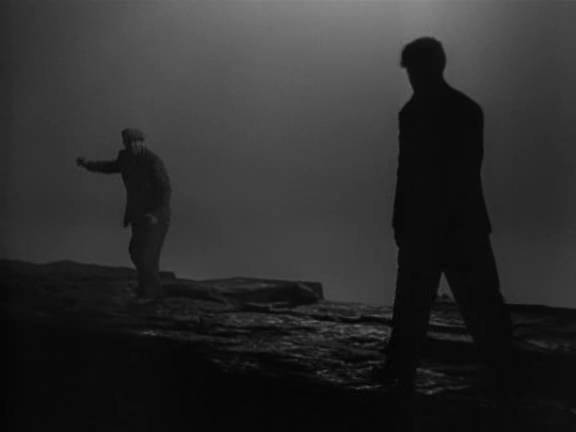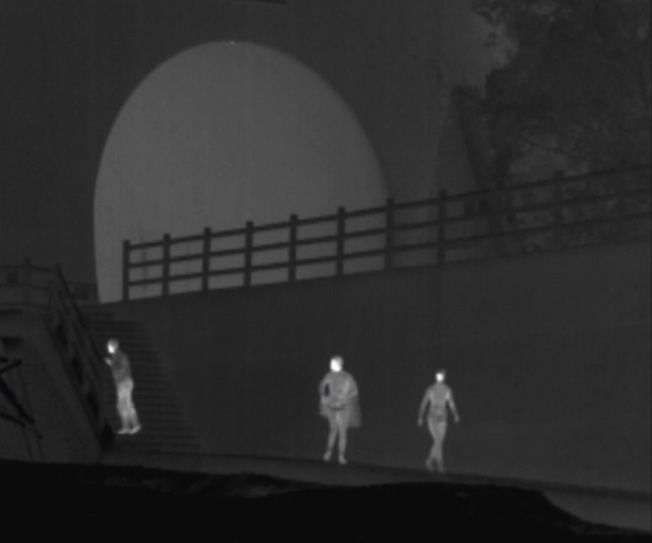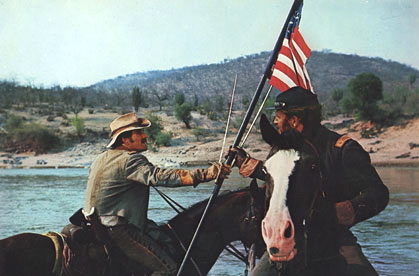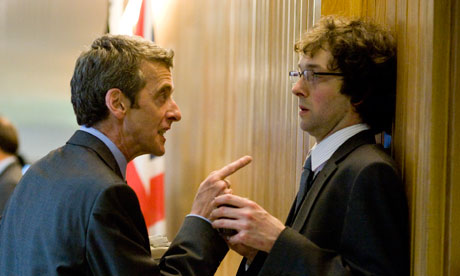
Horror is a young person's genre. First, I think because a young person is naturally sensation-seeking, and as most young people in developed nations live fairly protected lives, the artificial stimulus of horror stories is welcome. Over time, life knocks the desire to gaze at terrible things out of you. Second, the form is limited and genre rules are easy to grasp, so that the viewer can evaluate to what extent creators are respecting, disrespecting or bending the genre. (This may also be true of superhero stories.)
And most importantly, as Carrie demonstrated in epochal fashion, horror offers opportunities for metaphor about the transition from childhood to adult life. One is experiencing strange transformations--these may be caused by nature, by heredity or by terrible errors in judgment. This part of your life is about sudden, unanticipated change, which is often at the heart of horror stories.
The problem is that the box marked "horror" tends to be small and there are a limited number of tricks to be found in it. That may be one reason that people tend to graduate from interest in the form as they mature. A limited number of weird things can happen--a limited number of explanations are offered--ghosts, vampires, zombies, werewolves. They are vanquished or they are not. The evil continues or it does not. The scares fall within a limited range, and so the endings and the offered meanings.
The western and the film noir are platforms which can support many types of stories, styles approaches and metaphoric landscapes. Horror does not have nearly the adaptability. And evil always comes from without rather than within, which limits the story's resonance.
So the only reason to invest time in the film Jennifer's Body (2009) is to see whether Diablo Cody, inspired writer of Juno and The United States of Tara could inject some of her wit and insight into the young female mind into a horror film. The answer is no. There are about two funny lines, and the rest is a tired rehash about high school female rivalry. It seems they were trying to make something better than the premise suggests--they even shot and then deleted a nude scene for Megan Fox, which would have meant a lot at the box office.
But this is the kind of film in which a small flame begins in a night club, whole building is burnt to the ground in 45 seconds and although we are told that many people perished we do not see anyone running from the building other than the principals. There's a gratuitous girl-girl kissing scene and pretty risible levitation scenes (although they did lampshade the humor of the levitation.) And the problem with humor in a teen horror film is that they are always bordering on self-parody as it is; starting with the actors, who appear to be bordering 30, rather than 16.
Add to that some very sluggish pacing from the direction and the editing, especially in the first half of the film, and it appears that this film was just a bump in Diablo Cody's road to more worthy projects.
And yet, it's true, Satanism may be the only explanation for success in indie rock.

































